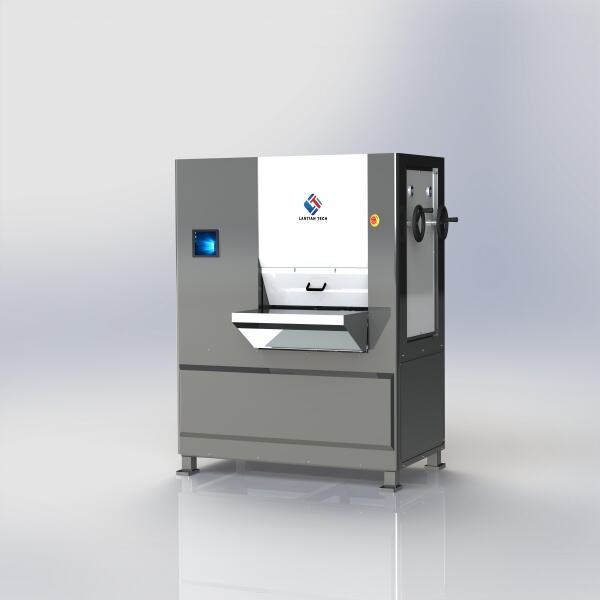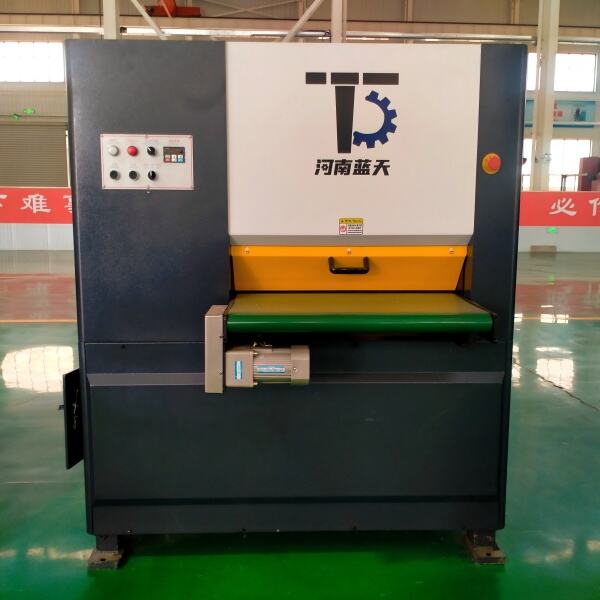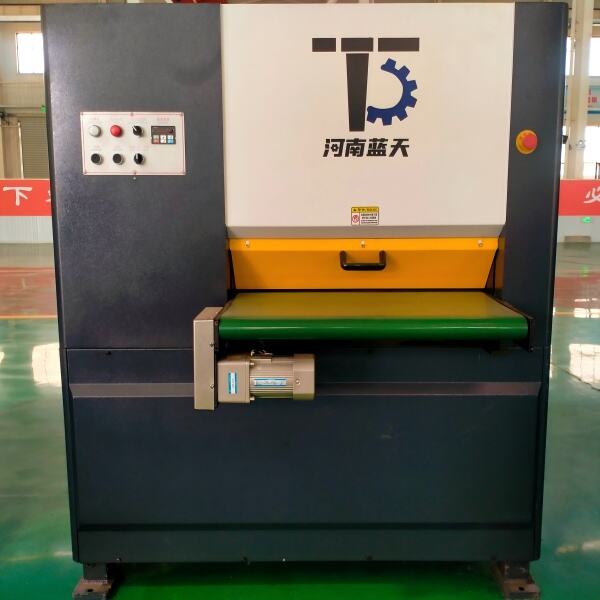manual straightening machine types
Manual straightening machines represent essential equipment in metal processing industries, offering precise control over the straightening of various materials including bars, tubes, and profiles. These machines utilize a series of adjustable rollers arranged in horizontal and vertical configurations to apply controlled pressure, effectively eliminating bends and deformations in metallic materials. The primary mechanism involves a series of precisely calibrated rollers that can be manually adjusted to accommodate different material dimensions and straightening requirements. These machines typically feature robust steel construction, adjustable roller spacing, and manual operation controls that allow operators to fine-tune the straightening process. They are available in different sizes and configurations, from compact bench-mounted units for small-diameter materials to larger floor-standing models capable of handling heavier workpieces. The technology incorporates hardened steel rollers with specialized surface treatments to ensure durability and optimal grip on the workpiece. Key technological features include micrometer adjustment systems for precise roller positioning, bearing-mounted rollers for smooth operation, and modular design allowing for easy maintenance and roller replacement. These machines find widespread application in manufacturing facilities, metal fabrication shops, and maintenance departments where precise material straightening is required for quality production processes.


